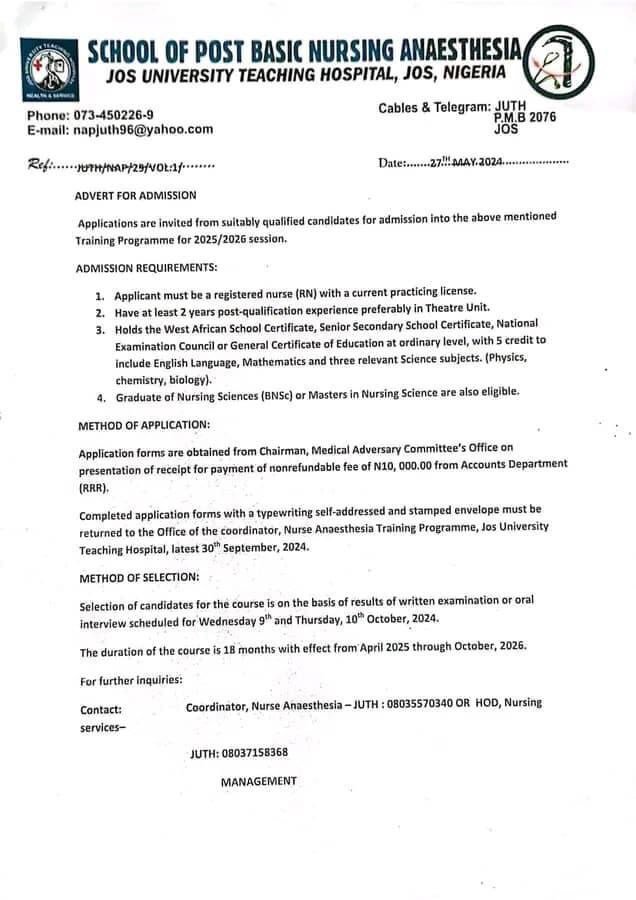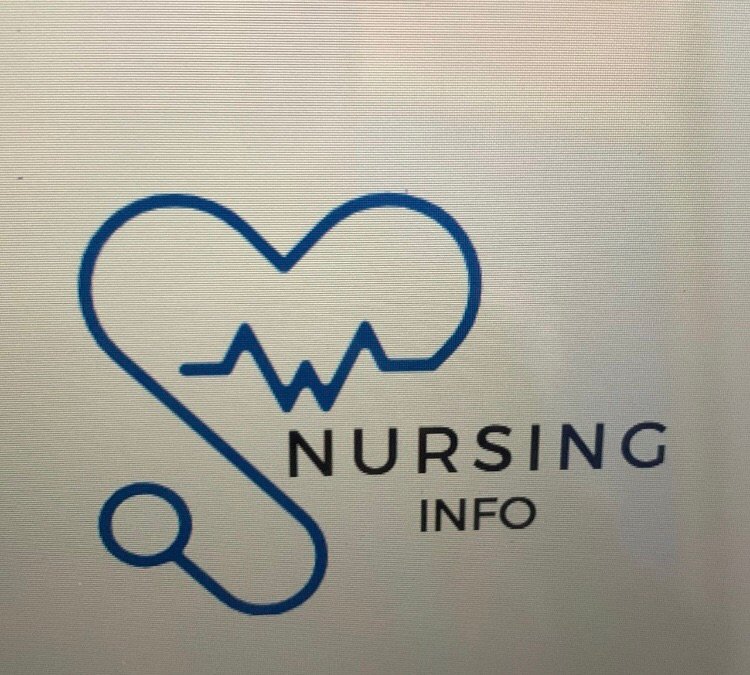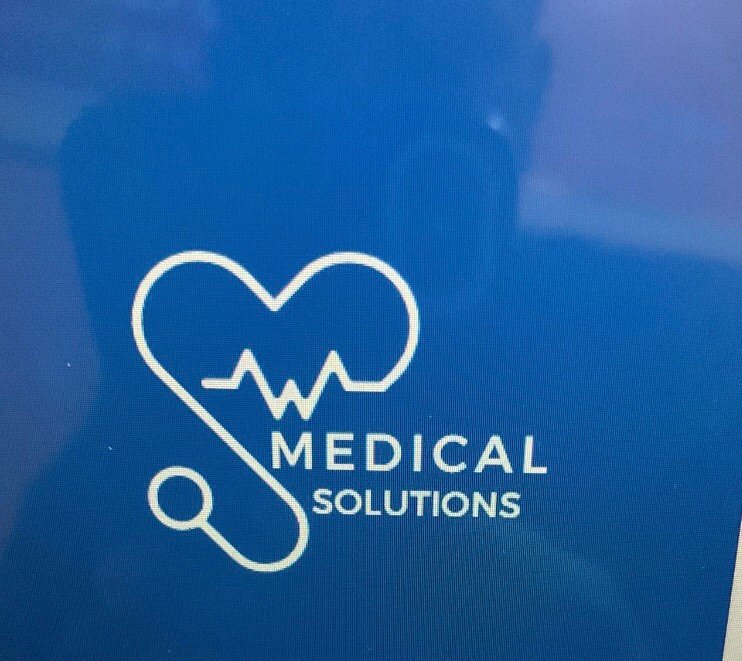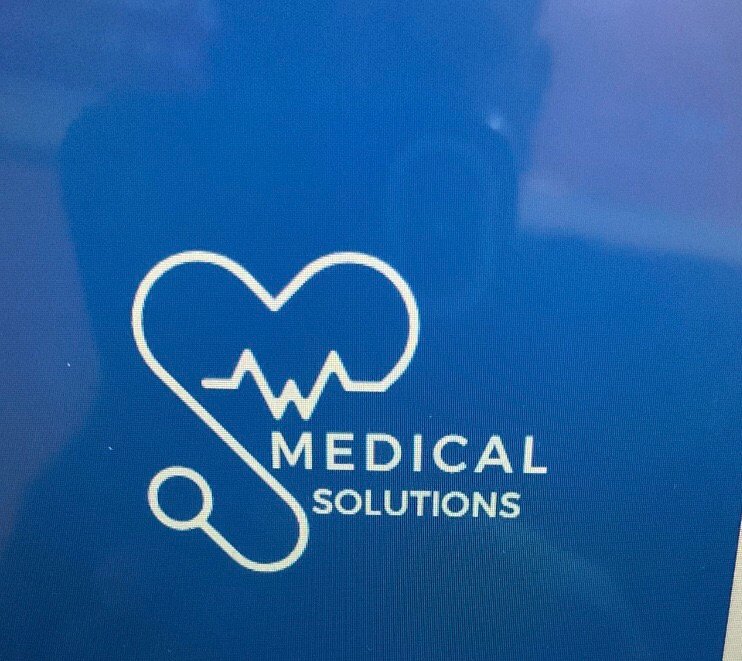The Organisation of the Human Body, Dysfunctions, and Management
Introduction
- Internal environment of the human body: refers to cells and their organization.
- Importance: understanding cell functions and processes affecting them.
Objectives
- Describe the cell and its functions.
- Explain cell multiplication.
- Detail the transfer of substances across cell membranes.
- Define tissues and their functions.
- Discuss body fluids and electrolytes.
Structure and Function of Cells, Tissues, Organs, and Systems
The Cell Structure and Its Functions
- Cells: Basic units of tissues, organs, and systems.
- Cell Membrane: Boundary of the cell.
- Protoplasm: Divided into cytoplasm (gel-like substance) and nucleus (coordinates cell activities, contains DNA/RNA).
- Nucleic Acids: RNA (in nucleus and cytoplasm), DNA (in chromosomes).
Key Cell Structures
- Mitochondria: Energy production.
- Golgi Body: Protein and carbohydrate processing.
- Endoplasmic Reticulum: Enzyme production.
- Lysosomes: Cellular digestion.
Cell Multiplication
- Mitosis: Division into two identical diploid daughter cells.
- Meiosis: Division into four haploid daughter cells with different characteristics (occurs in spermatozoa and ova production).
Substance Transfer Across Cell Membranes
- Diffusion: Movement of dissolved substances following a concentration gradient.
- Osmosis: Movement of solute materials through a semi-permeable membrane.
- Active Transport: Energy-utilized movement of substances.
Tissues
- Made up of large numbers of cells.
- Four key types:
- Epithelial: Covers and protects body parts, produces secretions.
- Connective: Supports body structures.
- Muscle: Capable of stretching and contracting.
- Nerve: Conducts impulses.
Organs and Systems
- Organs: Made up of tissues, perform multiple functions.
- Systems: Groupings of organs performing related functions (e.g., respiratory, cardiovascular, digestive).
Homeostasis
- Maintaining equilibrium in the body.
- Feedback Mechanism: Senses changes in the internal environment and makes adjustments.
Body Fluids and Electrolytes
Water
- Essential for life, makes up 60% of body weight.
- Functions: temperature regulation, intracellular pressure, medium of excretion, etc.
- Types: Intracellular Fluid (ICF) and Extracellular Fluid (ECF).
Electrolytes and Ions
- Electrolytes: Conduct electricity in dissolved form (e.g., sodium, potassium, magnesium).
- Ions: Charged particles (e.g., Na+, K+).
Important Electrolytes
- Sodium: Abundant in extracellular compartment, involved in nerve conduction and muscle contraction.
- Potassium: Abundant in intracellular compartment, affects nerve conduction and muscle strength.
- Calcium: Involved in bone formation, nerve/muscle function, blood clotting.
- Magnesium: Involved in energy metabolism, found in bones.
Acids and Bases
- Acids: Produce hydrogen ions when dissolved, neutralize bases.
- Bases: React with acids to form salt and water.
- Balance: Must be maintained for optimal body processes.
Body Defence Mechanisms
Immune Response
- Antibodies: Produced to fight microbes.
- Immunization: Prepares the body to fight diseases.
Types of Acquired Immunity
- Active Natural Immunity: Produced by encountering an antigen.
- Active Artificial Immunity: Produced by vaccines.
- Passive Natural Immunity: Antibodies received from mother.
- Artificial Passive Immunity: Antibodies injected from serum.
Homeostatic Dysfunction
Fluid and Electrolyte Imbalance
- Common in major illnesses.
- Fluid Volume Deficit: Occurs when fluid loss exceeds intake.
- Fluid Volume Excess: Caused by high sodium and water intake.
Management of Adults with Sodium and Fluid Imbalances
- Assessment: Personal history, physical assessment.
- Monitoring: Intake and output, weight, skin assessment.
- Treatment: Fluid replacement for deficit, fluid restriction for excess, managing sodium levels.
Potassium Imbalances
- Hypokalaemia: Low potassium, managed with supplements and dietary intake.
- Hyperkalaemia: High potassium, managed with dietary adjustments and medical interventions.
Calcium and Magnesium Imbalances
- Hypocalcaemia: Treated with supplements.
- Hypercalcaemia: Managed with loop diuretics and fluid intake.
- Hypomagnesaemia: Treated with supplements and dietary intake.
- Hypermagnesaemia: Managed with IV calcium, promoting urinary excretion, and dialysis if necessary.
Plasma Protein Imbalance
- Plasma Proteins: Maintain oncotic pressure, include albumin, antibodies, and lipoproteins.
Infections
Human beings are constantly interacting with microorganisms, some of which are commensals, while others are pathogens that cause disease. Our bodies employ various defense mechanisms to minimize the danger posed by these harmful agents. The primary infectious agents include viruses, bacteria, rickettsiae, chlamydia, fungi, and parasites. Let’s delve into each of these agents, starting with viruses.
Viruses
Viruses are small intracellular organisms classified as either DNA or RNA viruses based on the nucleic material they contain. Each virus contains only one type of nucleic material and cannot replicate outside a living cell. Viruses may be enveloped in lipoprotein envelopes derived from the host cell membrane. To multiply, viruses must enter a host cell and utilize its mechanisms, making it challenging for the host cell to recognize and combat them. Viruses are grouped according to their characteristics and the diseases they cause. Examples include the herpes virus group (herpes zoster, chickenpox, and cytomegalovirus) and the retrovirus group (Human Immunodeficiency Virus – HIV).
Viruses are classified according to:
- Type of viral genome
- Mechanism of replication
- Mode of transmission
- Type of disease produced
A prominent example is HIV, a retrovirus capable of producing DNA from RNA. This unit covers infections affecting various body functions.
Bacteria
Bacteria are autonomously replicating unicellular organisms containing both DNA and RNA. The structure and synthesis of their cell walls determine their shape: spherical (cocci), helical (spiral), or elongated (bacilli). Bacteria are further classified based on their growth requirements (aerobes, anaerobes, facultative anaerobes) and staining properties (gram-positive or gram-negative).
- Spirochaetes: Gram-negative rods moving in a corkscrew fashion, sub-classified into Leptospira, Borrelia, and Treponema.
- Mycoplasma: Capable of independent replication, smaller than bacteria, and lacking a typical cell wall.
- Rickettsiae and Chlamydia: Intra-cellular organisms with both DNA and RNA characteristics, causing diseases like epidemic typhus (Rickettsiae) and chlamydia trachomatis (Chlamydia).
Fungi
Fungi are free-living saprophytes, some of which are part of the normal flora on the human body. Despite being normal flora, some fungi can cause serious illnesses. They are classified into yeasts (single-celled, reproducing by budding) and moulds (producing long hollow branching filaments). Fungi can reproduce both sexually and asexually, with asexual spores being highly resistant.
Parasites
Parasites refer to microorganisms from the animal kingdom that cause diseases in other animals. This group includes protozoa (e.g., Plasmodium causing malaria), helminths, and arthropods. Helminths are mobile parasites, while arthropods (e.g., ticks) can act as disease vectors. Ectoparasites, such as lice and mites causing scabies, live on the outer body surface of their host.
Malaria
Malaria, caused by the Plasmodium parasite, is a significant health challenge, especially in Kenya. Plasmodium falciparum is the most common species, transmitted through the bite of a female Anopheles mosquito. Symptoms include fever, joint pains, chills, mental confusion, abdominal pain, diarrhoea, nausea, and vomiting. Malaria can present as uncomplicated or severe, with severe malaria causing prostration, unconsciousness, and respiratory distress.
Treatment of uncomplicated malaria involves artemisinin-based drugs like Coartem (artemether and lumefantrine). Supportive management for anemia, fever, nausea, and diarrhoea is also essential. In Kenya, areas like Kitui, Taita Taveta, and Tana River districts are endemic, while regions like Kisii and Kericho experience epidemic outbreaks.
Care of Adults with Infections
Developing countries experience high morbidity and mortality due to infectious diseases. The nursing process involves assessing, planning, and administering care based on nursing diagnoses. Acute intervention includes monitoring vital signs (fever, pulse, respiration, blood pressure) and using antipyretic medications like acetylsalicylic acid and acetaminophen to control fever. Antimicrobial drugs (antibiotics, anti-protozoa, antiviral, and antifungal drugs) are crucial for infection control.
Patient comfort, nutrition, fluid and electrolyte balance, and symptom management are vital. Evaluating the care administered ensures objectives are met.
Infection Prevention and Control
Aseptic procedures and infection prevention precautions are crucial in minimizing infections. These precautions include hand washing, instrument decontamination, high-level disinfection, and sterilization. Barrier nursing, isolation, and reverse barrier nursing are also important to prevent the spread of infections.
Care of an Adult with an Immune Deficiency
When the immune system is compromised, an immune deficiency state exists. Management of such states varies, but AIDS (Acquired Immunodeficiency Syndrome) is a significant concern in sub-Saharan Africa, including Kenya. The management of HIV-infected patients involves monitoring disease progression, initiating antiretroviral therapy, treating opportunistic infections, managing symptoms, and preventing complications.
HIV and AIDS
Prevention of HIV/AIDS starts with knowing one’s HIV status, maintaining faithfulness to one’s sexual partner, and using condoms. Patient education on HIV transmission, prevention, and living with HIV is essential. Antiretroviral drugs, though expensive, slow down virus multiplication. Opportunistic infections and other manifestations of HIV respond well to treatment, including antibiotics for pneumonia, rehydration and drugs for diarrhoea, antifungal agents for oropharyngeal candidiasis, and anti-tuberculous drugs for tuberculosis.
HIV testing and Voluntary Counselling and Testing (VCT) services are important aspects of managing and preventing AIDS. Education on HIV transmission, prevention, and healthy living with HIV infection is crucial for patient care.










